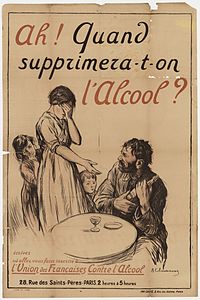
Photo from wikipedia
Protein biogenesis is a complex process, and complexity is greatly increased in eukaryotic cells through specific targeting of proteins to different organelles. To direct targeting, organellar proteins carry an organelle-specific… Click to show full abstract
Protein biogenesis is a complex process, and complexity is greatly increased in eukaryotic cells through specific targeting of proteins to different organelles. To direct targeting, organellar proteins carry an organelle-specific targeting signal for recognition by organelle-specific import machinery. However, the situation is confusing for transmembrane domain (TMD)-containing signal anchored (SA) proteins of various organelles because TMDs function as an endoplasmic reticulum (ER) targeting signal. Although ER targeting of SA proteins is well understood, how they are targeted to mitochondria and chloroplasts remains elusive. Here, we investigated how the targeting specificity of SA proteins is determined for specific targeting to mitochondria and chloroplasts. Mitochondrial targeting requires multiple motifs around and within TMDs; a basic residue and an arginine-rich region flanking the N- and C-termini of TMDs, respectively, and an aromatic residue in the C-terminal side of the TMD that specify mitochondrial targeting in an additive manner. These motifs play a role in slowing down the elongation speed during translation, thereby ensuring mitochondrial targeting in a co-translational manner. By contrast, the absence of any of these motifs individually or together causes at varying degrees chloroplast targeting that occurs in a posttranslational manner. This article is protected by copyright. All rights reserved.
Journal Title: Journal of integrative plant biology
Year Published: 2023
Link to full text (if available)
Share on Social Media: Sign Up to like & get
recommendations!